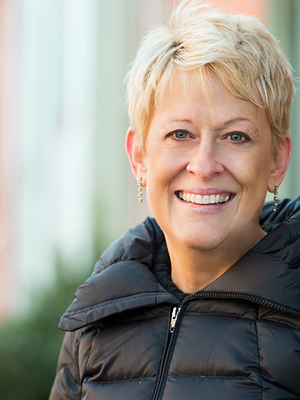Poverty and Deep Poverty
Leaders: Linda Burton, Kathryn Edin, David Grusky
The Supplemental Poverty Measure (SPM) reveals substantial post-1970 reductions in poverty under a constant (i.e., “anchored”) threshold, but this trend masks worrisome developments at the very bottom of the distribution. Although the overall SPM has trended downward since 1970, the SPM for households with less than half of the anchored threshold level (i.e., “deep poverty”) has remained stable since 1968. Even more worrying, the most extreme forms of poverty, such as living on less than $2 per day (per person), have in fact increased over the last two decades. The main tasks of our Poverty and Deep Poverty RG are to describe trends in poverty and deep poverty, to assess the effectiveness of current anti-poverty programs, and to examine the likely payoff to introducing new anti-poverty programs. We present a sampling of relevant projects below.
Frequent Reporting Project: Why are unemployment statistics reported monthly whereas poverty statistics are reported only once a year (and with such a long lag)? The CPI is hard at work solving this problem.
California Poverty Project: The CPI, in collaboration with the Public Policy Institute of California, issues the California Poverty Measure (CPM) annually. There are plans afoot to make it an even more powerful policy instrument.
Ending Poverty in California: Is it possible to substantially reduce poverty in California by relying entirely on evidence-based programs? It indeed is.
The National Poverty Study: The country’s one-size-fits-all poverty policy ignores the seemingly profound differences between suburban poverty, immigrant poverty, reservation poverty, rural white poverty, deindustrializing poverty, and the many other ways in which massive deprivation plays out in the U.S. The National Poverty Study, which will be the country’s first qualitative census of poverty, takes on the problem.
Income supports and deep poverty: The U.S. does not rely heavily on unconditional cash transfers in its poverty programming. Is this a mistake? The CPI is assisting Y Combinator in providing the first U.S. evidence on unconditional income support since the negative income tax experiments of the 1970s.
Disability and deep poverty: The country’s disability programs are an important anti-poverty weapon. In evaluating their effectiveness, it is important to determine whether the low employment rates among program recipients reflects an underlying (low) capacity for employment, as opposed to the labor-supply effects of the programs themselves. Although it’s long been difficult to assess such labor-supply effects, now there’s a way forward.
Evictions and deep and extreme poverty: Are evictions an important cause of deep and extreme poverty? This line of research examines the extent to which deep and extreme poverty can be reduced with a “housing first” policy that ramps up federal housing programs.
Deep poverty and TANF add-ons: The country is implicitly running hundreds of experiments on how best to structure TANF programs, but it hasn’t had the capacity to evaluate them. Are administrative data the answer?
CPI Collaborators
 |
George Akerlof |
Univeristy Professor; 2001 Nobel Laureate in Economics |
Georgetown University |
 |
Michelle Wilde Anderson |
Professor of Law; Pathways Editorial Board Member |
Stanford University |
 |
Sir Tony Atkinson |
Deceased |
University of Oxford, Nuffield College |
 |
R. Richard Banks |
Jackson Eli Reynolds Professor of Law, Justin M. Roach, Jr. Faculty Scholar |
Stanford University |
 |
Frank D. Bean |
Chancellor's Professor of Sociology and Economics, Director, Center for Research on Immigration, Population and Public Policy |
University of California, Irvine |



